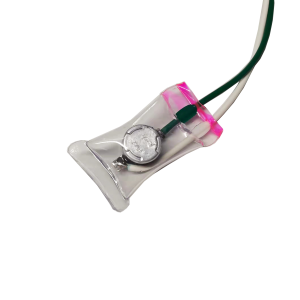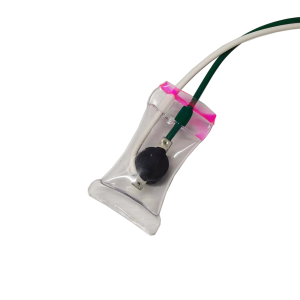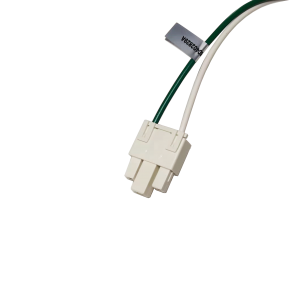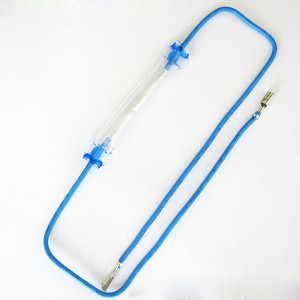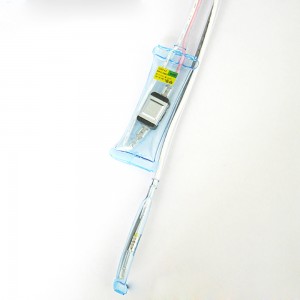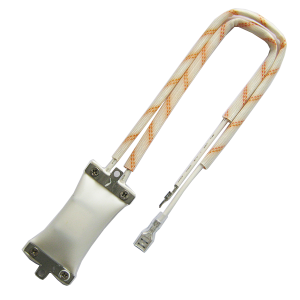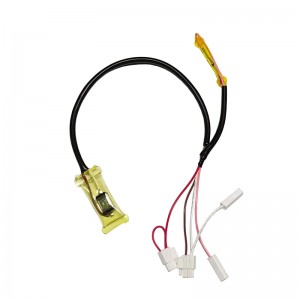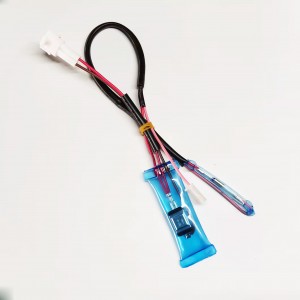5A Bimetal Thermal Switch Temperature Protector Thermostat 0060402829A
Product Parameter
| Product Name | 5A Bimetal Thermal Switch Temperature Protector Thermostat 0060402829A |
| Use | Temperature control/Overheat protection |
| Reset type | Automatic |
| Base material | resist heat resin base |
| Electrical Ratings | 15A / 125VAC, 7.5A / 250VAC |
| Operating Temperature | -20°C~150°C |
| Tolerance | +/-5 C for open action(Optional +/-3 C or less) |
| Protection class | IP00 |
| Contact material | Silver |
| Dielectric Strength | AC 1500V for 1 minute or AC 1800V for 1 second |
| Insulation Resistance | More than 100MW at DC 500V by Mega Ohm tester |
| Resistance Between Terminals | Less than 100mW |
| Diameter of bimetal disc | 12.8mm(1/2″) |
| Approvals | UL/ TUV/ VDE/ CQC |
| Terminal type | Customized |
| Cover/Bracket | Customized |
Applications
Removing frost and protecting the frozen rupture in the cold storage or freezing systems.
Used for sensing and Instrumentation, HVAC System, Consumer Electronics, and Others.
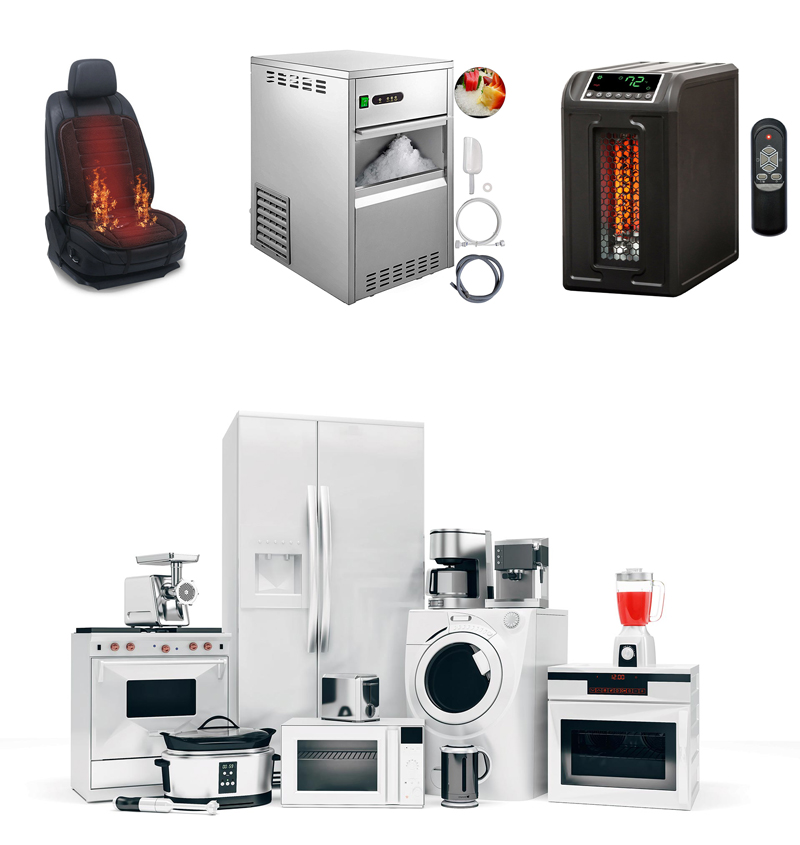
Why the defrost thermostat fails and how to fix it
The defrost thermostat is specifically designed to monitor the temperature of the evaporator coils. When it senses that the coils are getting far too cold, the thermostat will allow power to flow to the defrost heater. The heater will then melt away any frost or ice that has likely built up around those coils.
How It Fails:
The failed defrost thermostat will not accurately sense the temperature around the evaporator coils. So, even when the coils get far too cold while ice and frost continue to build up around them, the thermostat will fail to allow power to flow to the heater.
How To Fix:
To fix this problem, you must replace the defrost thermostat that’s located behind the rear panel, inside the fridge.
The defrost thermostat will be attached to the refrigerant tubing, close to the evaporator coils.
You’ll need to cut the wires connected to the thermostat as close as possible to where they connect to the thermostat.
Next, take the new defrost thermostat by connecting the wires. You can use wire nuts to connect those wires effectively and seal the connection with silicone sealant.
Lastly, attach the new thermostat to the same spot where you found the old thermostat.

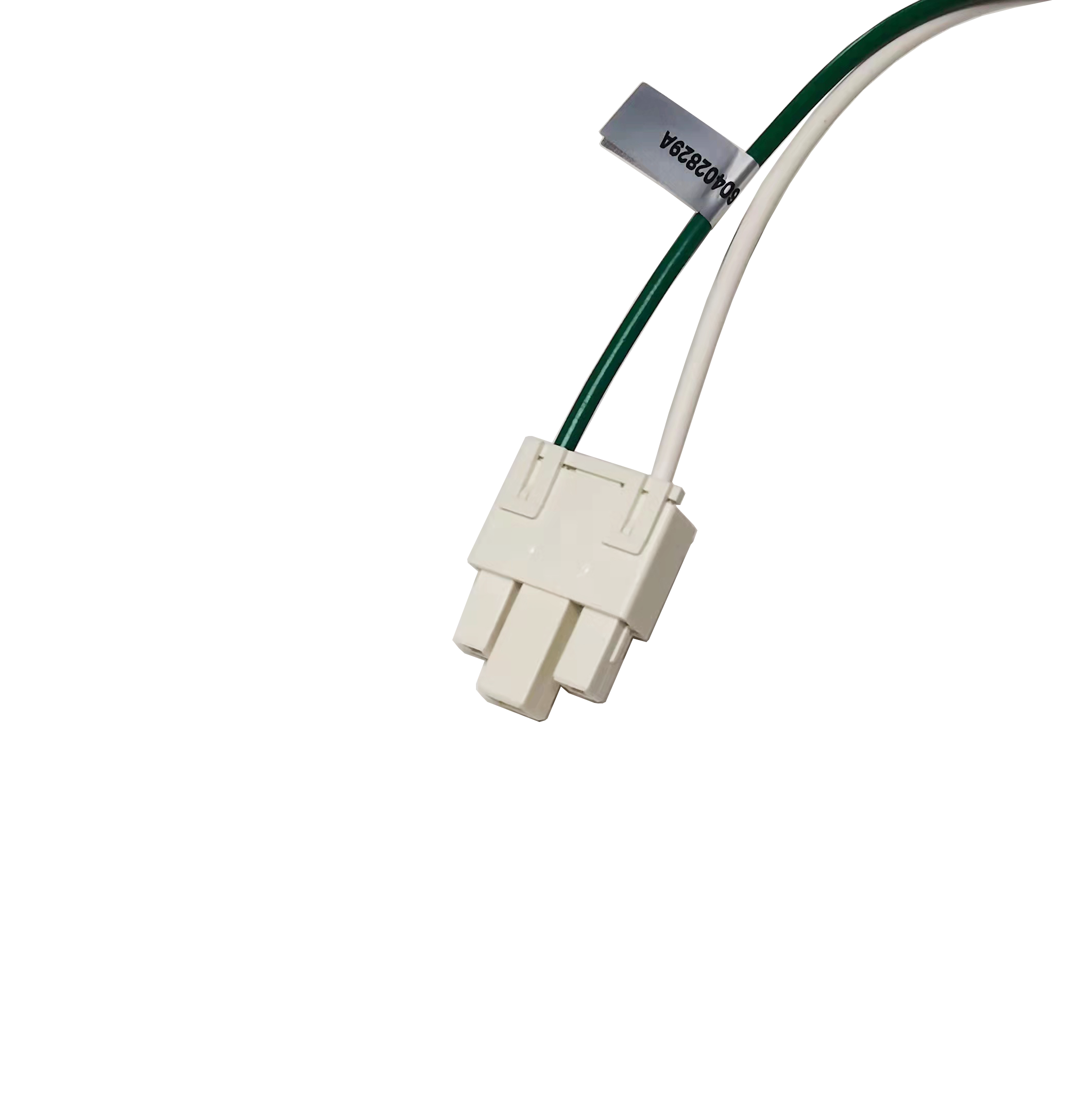
 Our product has passed the CQC,UL,TUV certification and so on, has applied for patents accumulatively more than 32 projects and has obtained scientific research departments above the provincial and ministerial level more than 10 projects. Our company has also passed the ISO9001 and ISO14001 system certificated, and national intellectual property system certificated.
Our product has passed the CQC,UL,TUV certification and so on, has applied for patents accumulatively more than 32 projects and has obtained scientific research departments above the provincial and ministerial level more than 10 projects. Our company has also passed the ISO9001 and ISO14001 system certificated, and national intellectual property system certificated.
Our research and development and production capacity of the company’s mechanical and electronic temperature controllers have ranked in the forefront of the same industry in the country.



